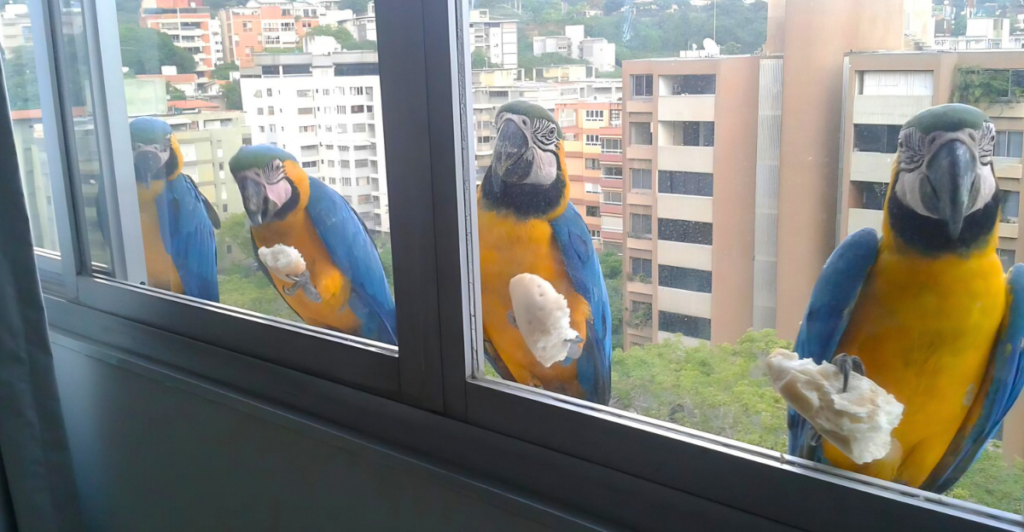
Cities were built for people, but no one told the birds. Instead of avoiding the noise, traffic, and towering buildings, many species are thriving in urban jungles. From using cigarette butts to ward off parasites (yes, really) to adjusting their songs to be heard over traffic, birds are proving they’re smarter and more adaptable than we ever realized. Here are some of the surprising ways birds are making city life work for them.
1. Trading Twigs for Trash
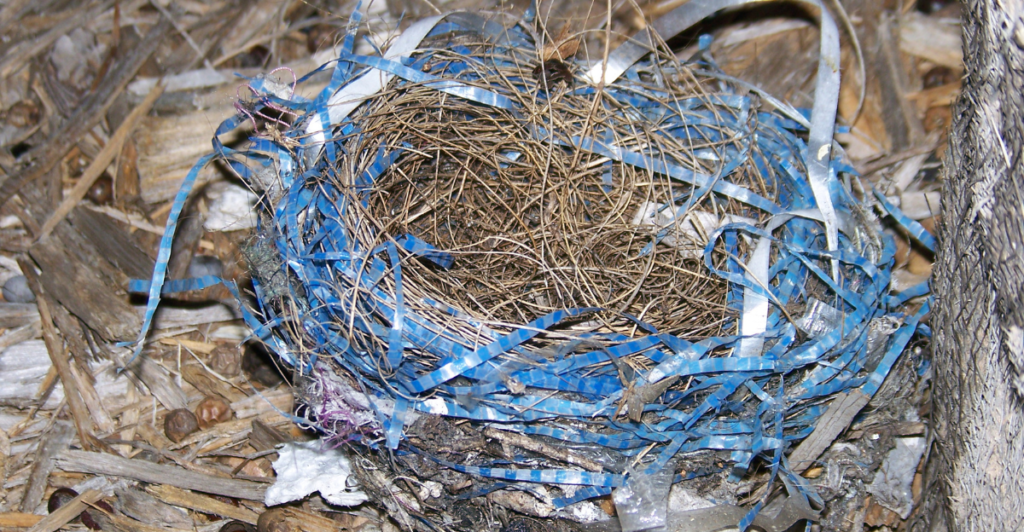
Forget about delicate nests made of twigs and feathers, urban birds are modernizing. Some species, like house sparrows and pigeons, have started using plastic straws, zip ties, paper clips, and even anti-bird spikes (talk about irony) in their nests. Why? These materials last longer and provide better insulation against unpredictable city weather. Smart move.
2. Singing Louder to Be Heard Over Traffic
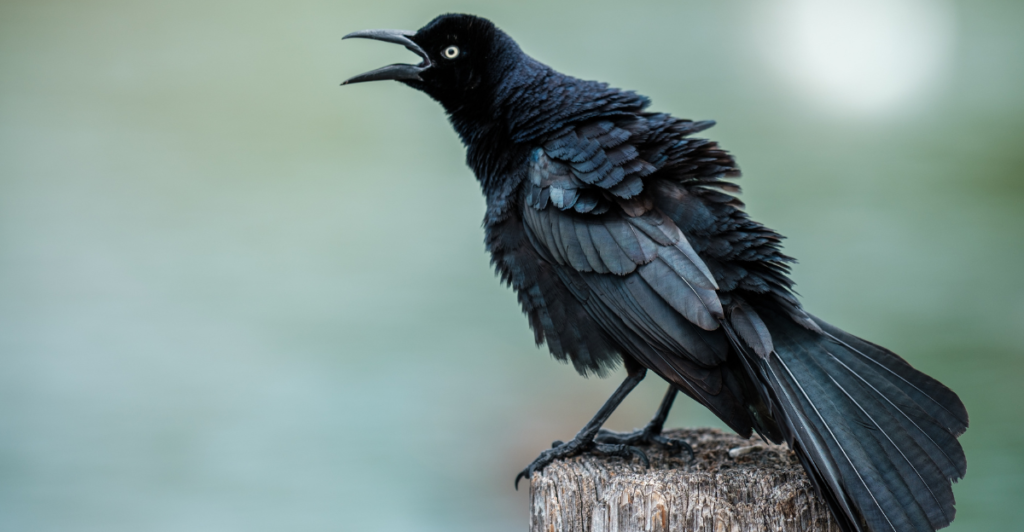
City life is noisy and birds know it. Instead of competing with honking cars and bustling streets, many birds, like blackbirds and nightingales, have started singing louder and at a higher pitch to cut through the urban soundscape. Some have even shifted to singing at night when things quiet down. It’s like nature’s own version of learning to project your voice in a crowded bar.
3. Fast Food Fans
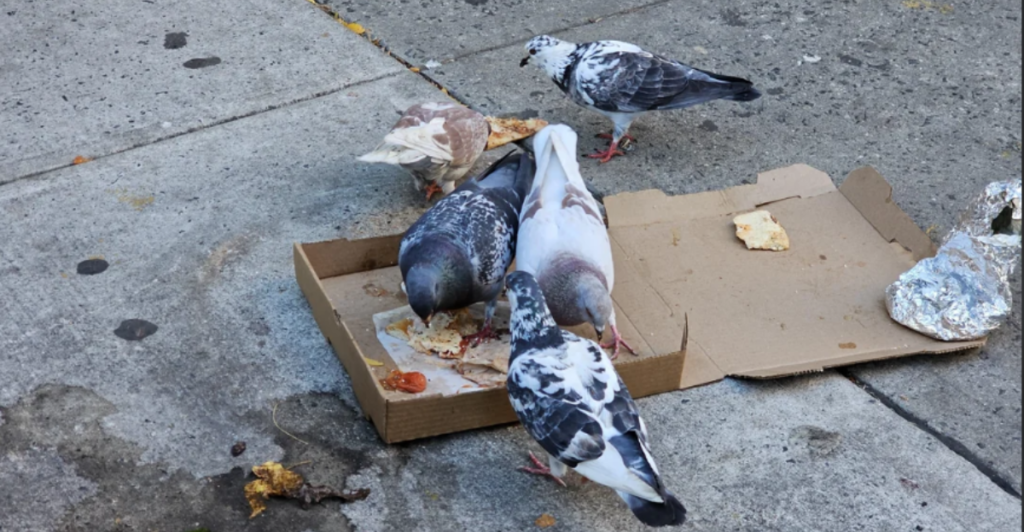
City birds have given up foraging for berries and insects—why bother when there’s a fresh pile of fries, pizza crusts, and leftover sandwiches just waiting to be picked up? Pigeons, seagulls, and crows have become fast food connoisseurs, even preferring salty, greasy human food over their natural diets. Shockingly, some studies suggest they’re actually thriving on it.
4. Cigarettes as Pest Control? You Bet
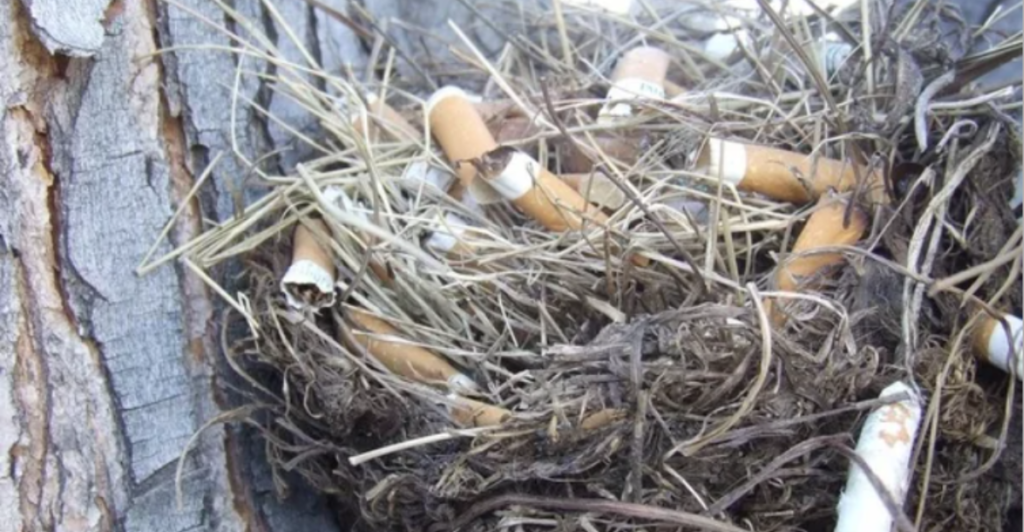
This one’s wild. Some birds have figured out that cigarette butts can repel parasites. House finches and sparrows have been spotted lining their nests with used cigarette filters, which contain nicotine, a natural insect repellent. Basically, they’ve turned trash into a bug-fighting home upgrade. Not exactly the healthiest choice, but you can’t deny the genius thinking.
5. Learning to Ride the Subway
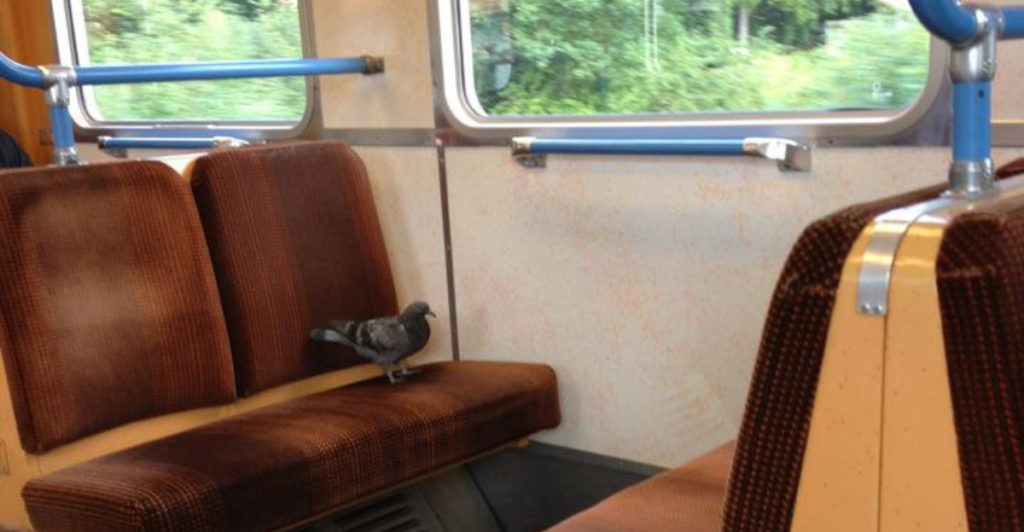
In cities like Tokyo and London, some birds, especially pigeons, have been seen riding trains. They hop on, wait for the doors to close, and even exit at the same stop every day to reach their favorite feeding grounds. Whether they’re actually navigating routes or just following crowds, it’s clear they’ve cracked the public transport code.
6. Shorter Wings to Dodge Traffic
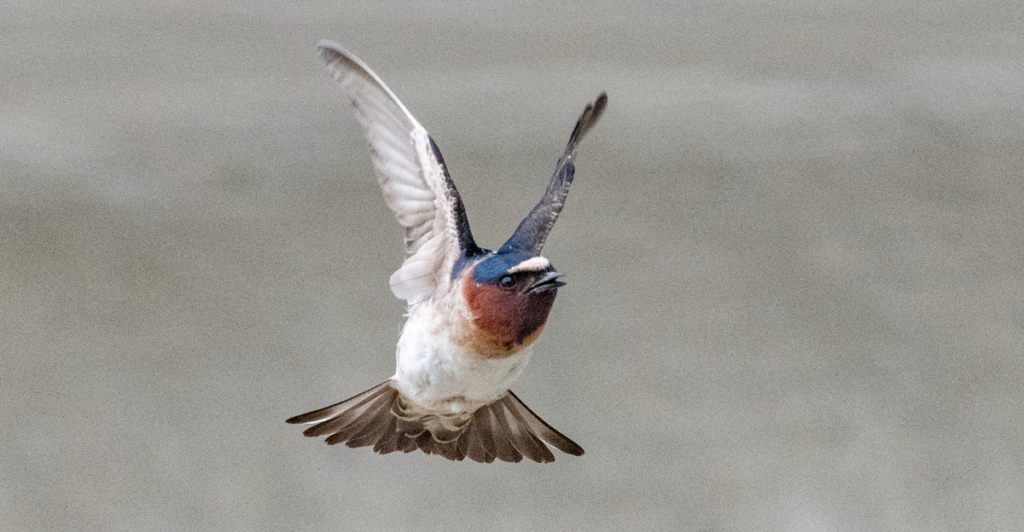
Some city-dwelling birds have literally evolved shorter wings to navigate through cars, buildings, and overpasses more effectively. Cliff swallows, for example, used to have longer wings suited for open landscapes, but after adapting to highway bridges, natural selection favored birds with shorter wings. Evolution in real-time!
7. Using Humans as Bodyguards
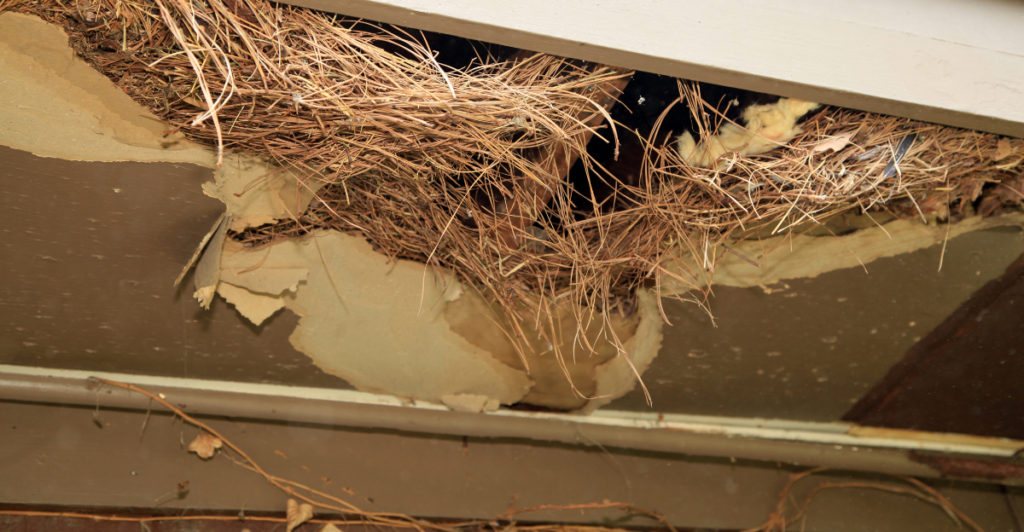
Some birds, like crows and gulls, have figured out that humans = protection. Instead of nesting in remote forests where predators lurk, they set up shop near busy roads, parks, and sidewalks where cats and bigger birds of prey are less likely to attack. They know we don’t want hawks or foxes hunting near us, so they exploit that for their own safety.
8. Shopping for Snacks in Convenience Stores
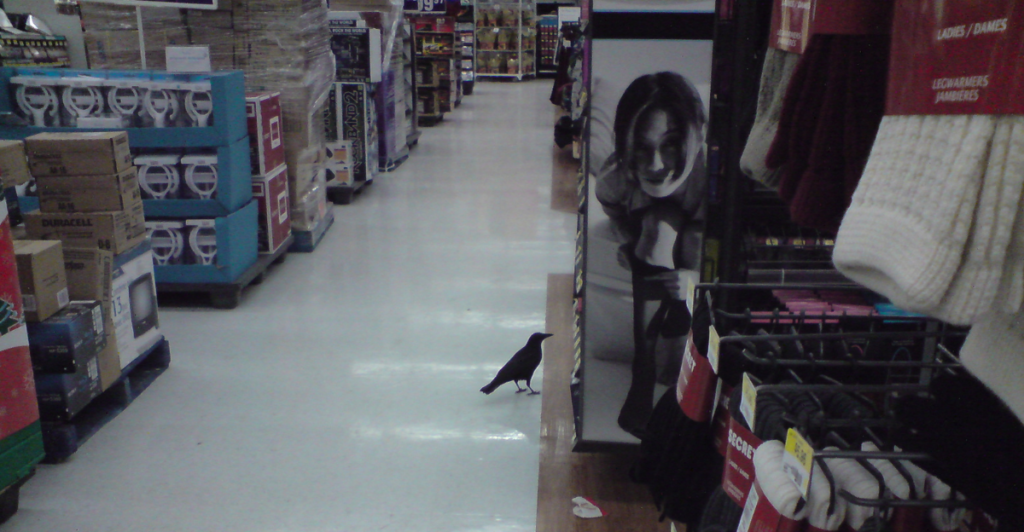
Crows in Japan have taken food theft to the next level. They wait outside convenience stores, watch humans use automatic doors, then time their entry perfectly to fly in, grab a snack, and leave. Some have even learned to drop nuts onto crosswalks, waiting for cars to crack them open before retrieving their perfectly crushed treats. Absolute masterminds.
9. Rewriting Their Own Migration Patterns
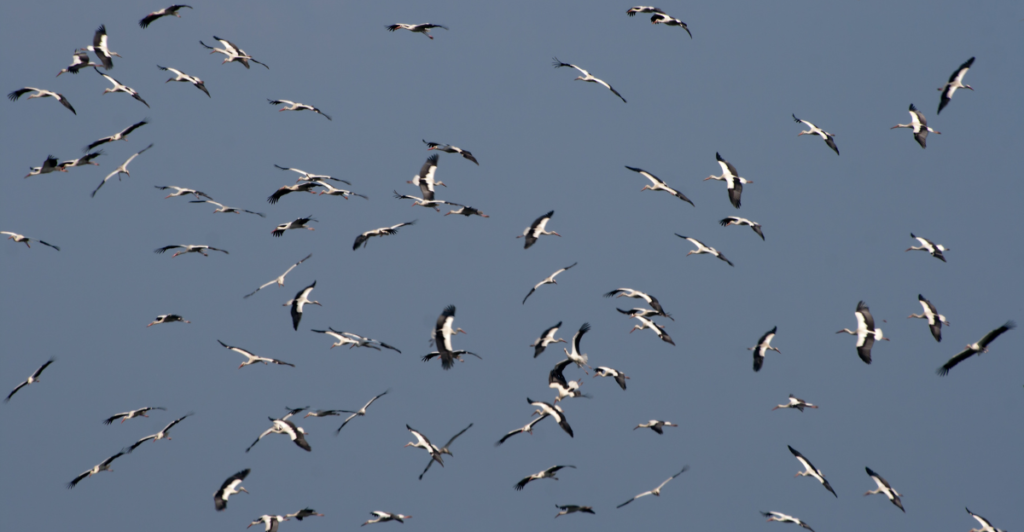
Some birds are ditching migration altogether because city life offers everything they need—warmth, food, and shelter. Dark-eyed juncos, European robins, and even some storks have started staying put year-round instead of making exhausting seasonal journeys. Why migrate when you can just chill in a city with an all-you-can-eat buffet?
10. Streetlight Trickery
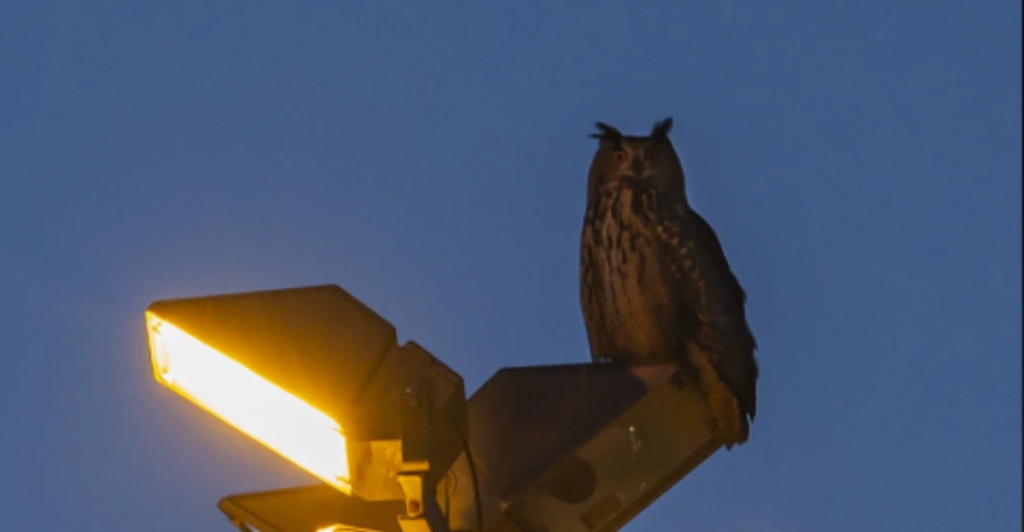
Birds that hunt at dawn and dusk like owls and kestrels have figured out that streetlights extend their hunting time. Instead of waiting for sunrise, they’re using artificial light to spot prey more easily. This means more food, better survival rates, and one more way humans are accidentally helping birds level up.
11. Nesting in Traffic Lights and Billboards
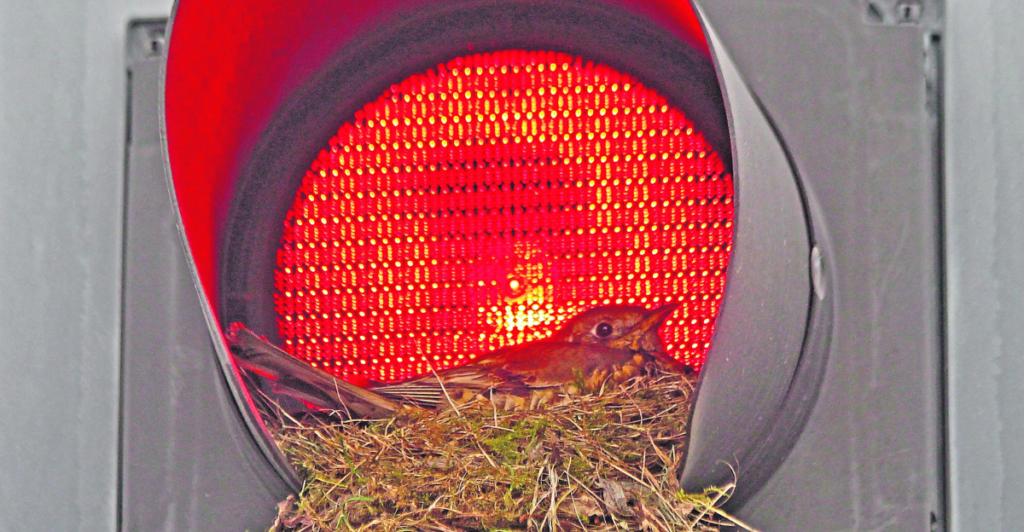
Cities lack trees, but birds aren’t picky. Many species have adapted by nesting inside traffic lights, billboards, and vents. These spots provide warmth, shelter from predators, and a high vantage point. Basically, they’ve swapped tree branches for neon signs and they’re totally thriving.
Survival of the Smartest
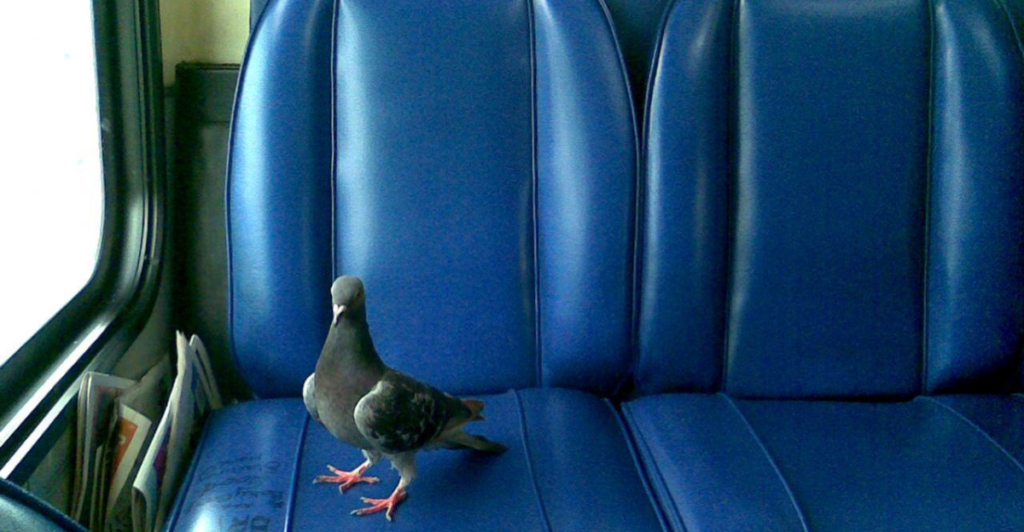
City birds aren’t just surviving—they’re thriving. Whether it’s hacking public transport, changing their diets, or evolving physically, they’re proving that nature can keep up with humans in ways we never expected. As we continue to build bigger cities, these feathered invaders will keep adapting, outsmarting, and surprising us at every turn.
Discover more of our trending stories and follow us to keep them appearing in your feed

Climate Change Overestimated? New Data Shows Oceans Are Cooling The Planet Faster Than Predicted
Meet the Massive Crocodiles That Make Their Homes 40 Feet Underground
California Is Breaking Apart: A Fault Line Is Forming Faster Than Anyone Predicted
The War on Cows Is Over—And Green Extremists Have Lost
References:
Reference 1
Reference 2
Reference 3
This article first appeared here
Stay connected with us for more stories like this! Follow us to get the latest updates or hit the Follow button at the top of this article, and let us know what you think by leaving your feedback below. We’d love to hear from you!







